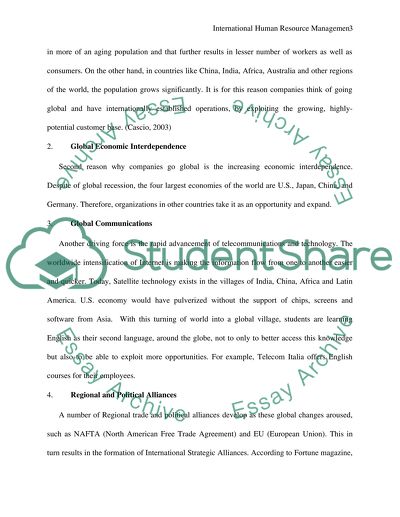Cite this document
(International Human Resource Management Case Study, n.d.)
International Human Resource Management Case Study. Retrieved from https://studentshare.org/human-resources/1552113-international-human-resourse-management
International Human Resource Management Case Study. Retrieved from https://studentshare.org/human-resources/1552113-international-human-resourse-management
(International Human Resource Management Case Study)
International Human Resource Management Case Study. https://studentshare.org/human-resources/1552113-international-human-resourse-management.
International Human Resource Management Case Study. https://studentshare.org/human-resources/1552113-international-human-resourse-management.
“International Human Resource Management Case Study”. https://studentshare.org/human-resources/1552113-international-human-resourse-management.


